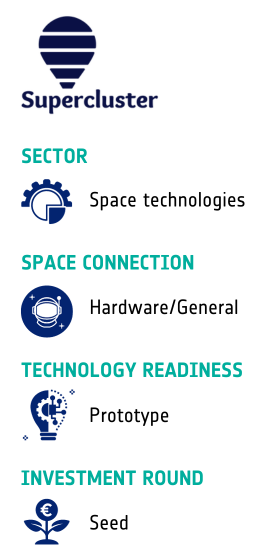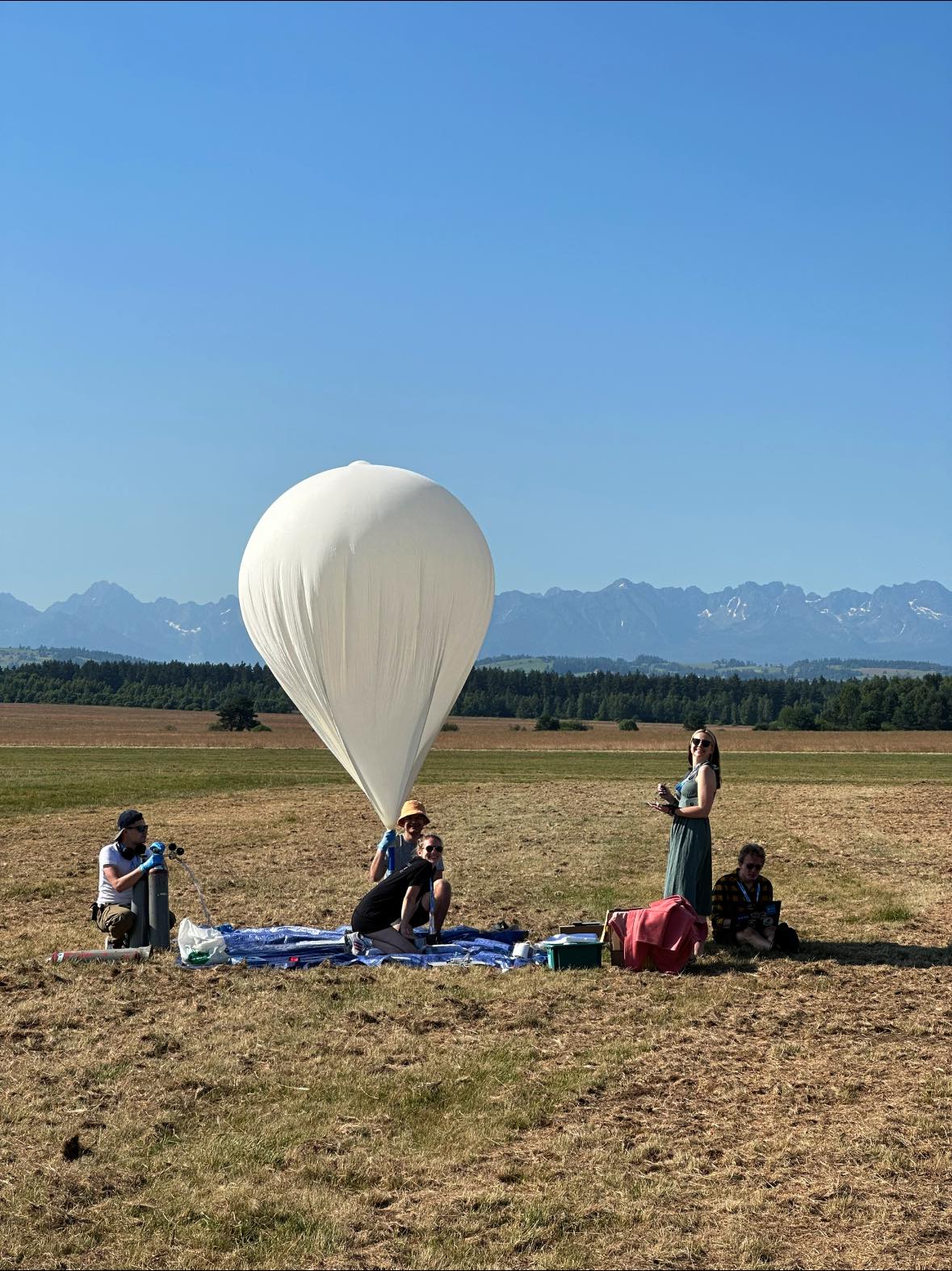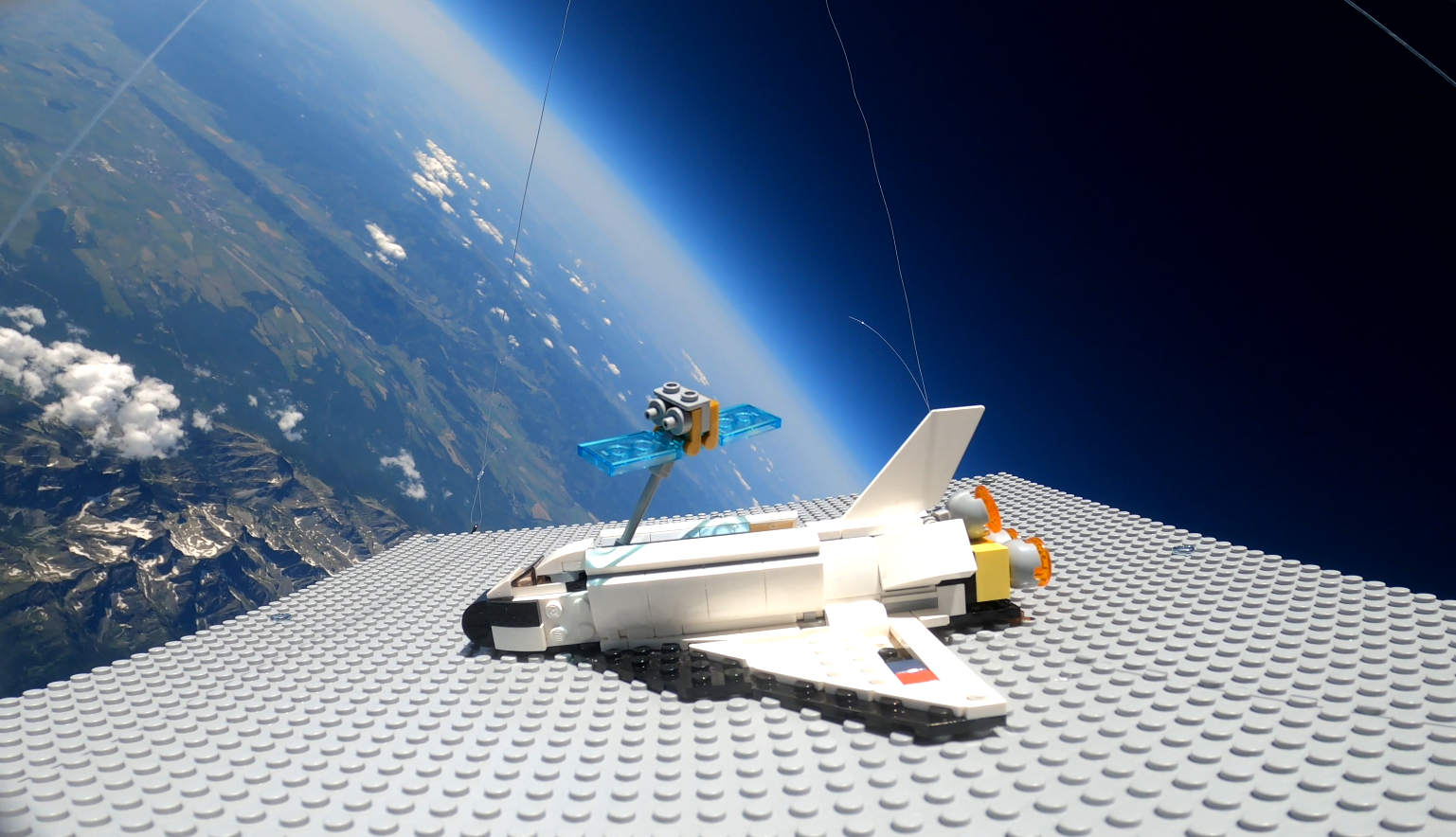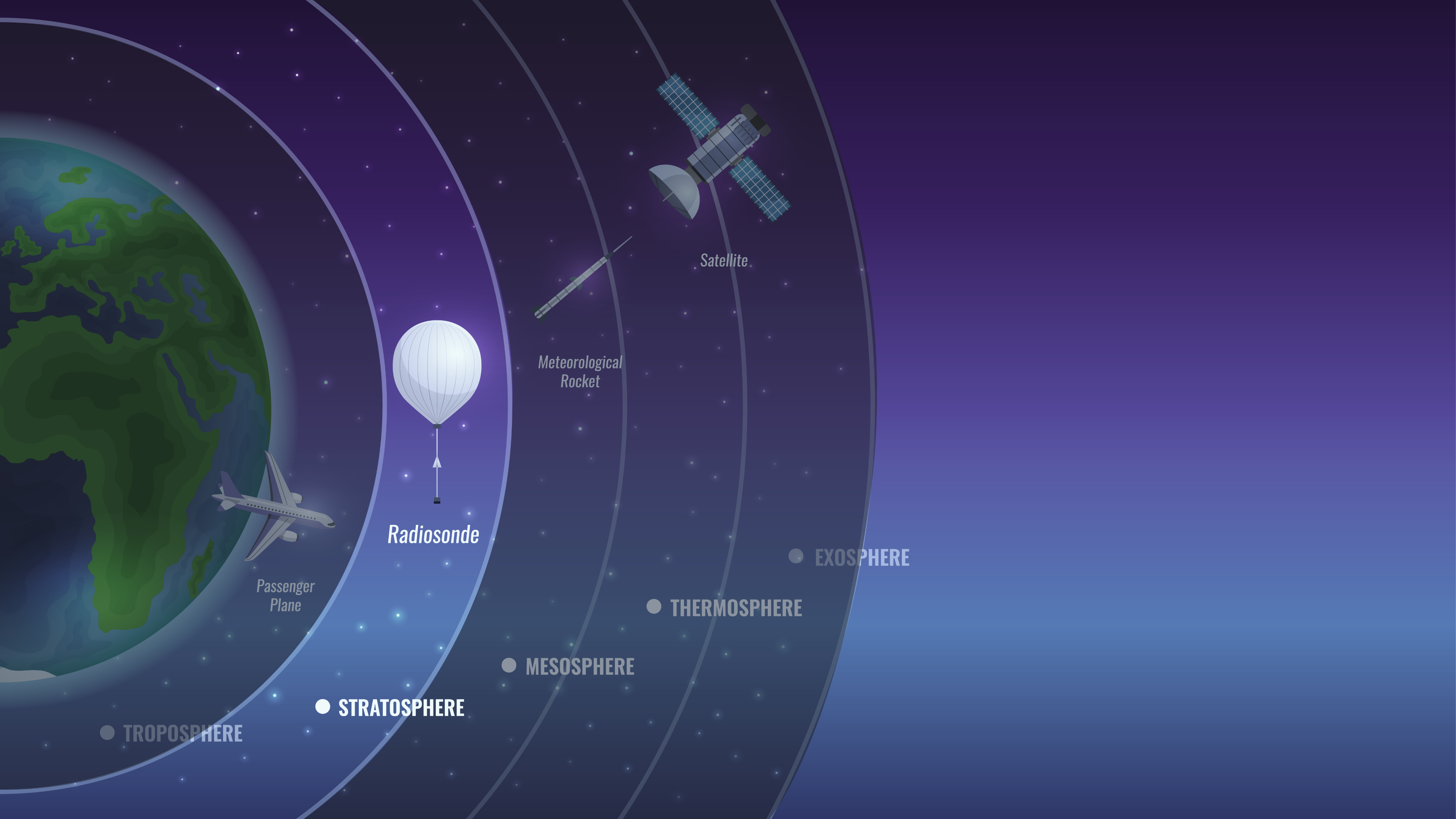ABOUT
Founded in 2023, Supercluster is a startup based in Rzeszow, and part of the ESA BIC Poland incubator program. The company specializes in developing flight stabilization systems of the stratospheric balloons that have latex envelopes. Currently, Supercluster is working on a prototype system that can control the balloon altitude and rate of climb (vertical stabilization). Plans are underway to expand this technology to include control in lateral direction. Within just a few months of establishing, Supercluster has already gained its first customers on the ground, conducting stratospheric balloon missions and capturing photos and videos from high up in the stratosphere.
Services offered:
- satellite component testing,
- CubeSats testing,
- Earth observation (EO),
- sounding of the atmosphere to measure atmospheric conditions for meteorology and aviation,
- radiation testing of materials used in the terrestrial, aerospace and space sectors.



ADVANTAGES:
Innovative Technology: Supercluster’s unique balloon altitude stabilization mechanism is a technology enabler of long duration stratospheric missions based on latex envelopes.
Market Flexibility: The technology’s broad application range, from meteorology to telecommunications, allows adaptability to diverse market needs.
Cost-Effectiveness: The ability to conduct prolonged missions at a fraction of the cost of satellite launches provides a significant economic advantage.
Environmental Sustainability: Supercluster significantly reduces environmental impact, producing two magnitudes less CO2 than alternatives, aligning with global ecological concerns for a sustainable future.

Environment
The stratosphere is the second major layer of Earth’s atmosphere, located above the troposphere and below the mesosphere. It extends from about 10 km (6 miles) to about 50 km (31 miles) above Earth’s surface. This layer holds several characteristics that make it beneficial for applications in the space sector. During flight, stratospheric balloons are in space-like conditions, making them ideal for testing satellite components, but they are also at the same time low enough to boast excellent image resolution during terrestrial imaging.
Space equipment testing: It’s above most of the Earth’s atmosphere, where conditions can be similar to those found in space. This makes it an ideal testing ground for space-bound technology, allowing for the simulation of space-like conditions without the need for an actual launch into orbit.
High Altitude Observation: For Earth observation and surveillance purposes, the stratosphere offers a high vantage point. It’s closer to Earth than satellites in orbit, which can result in higher-resolution imagery and data collection. This is particularly useful for detailed geographical surveys and environmental monitoring.
Environmental Research: The stratosphere plays a crucial role in Earth’s climate and protection from solar radiation. Studying this layer can yield valuable insights into ozone layer dynamics, climate change, and atmospheric chemistry.
Radiation Exposure: Experiments in the stratosphere can be exposed to higher levels of cosmic radiation, similar to conditions in space. This is important for testing the durability and performance of materials and electronic components intended for space missions.

CONTACT
Visit website: https://supercluster.it
